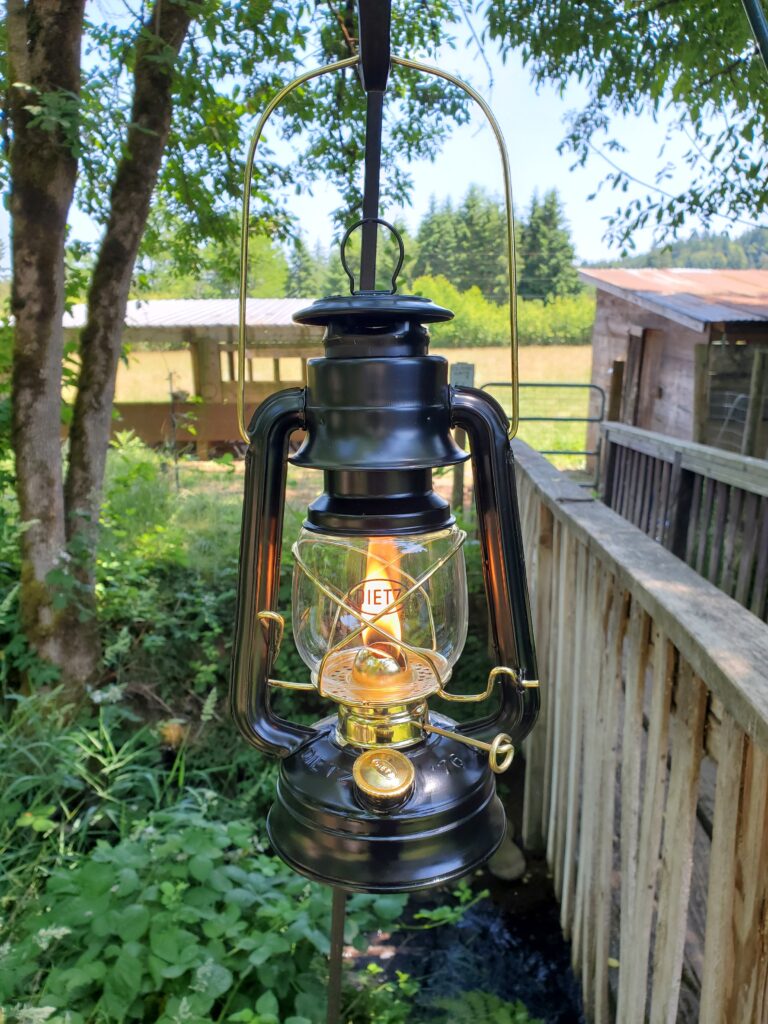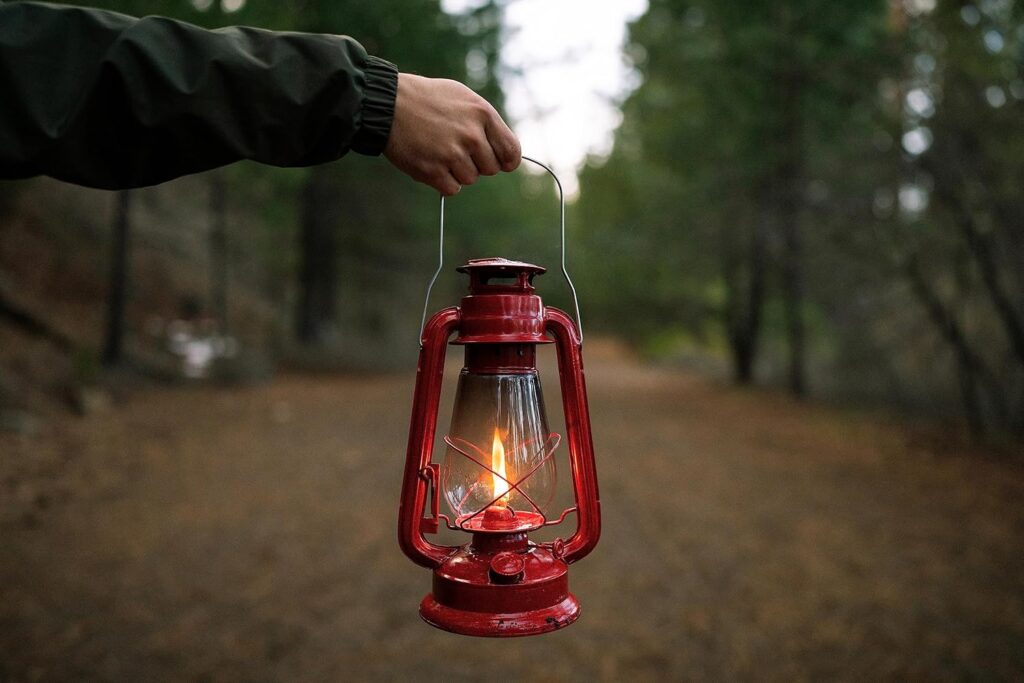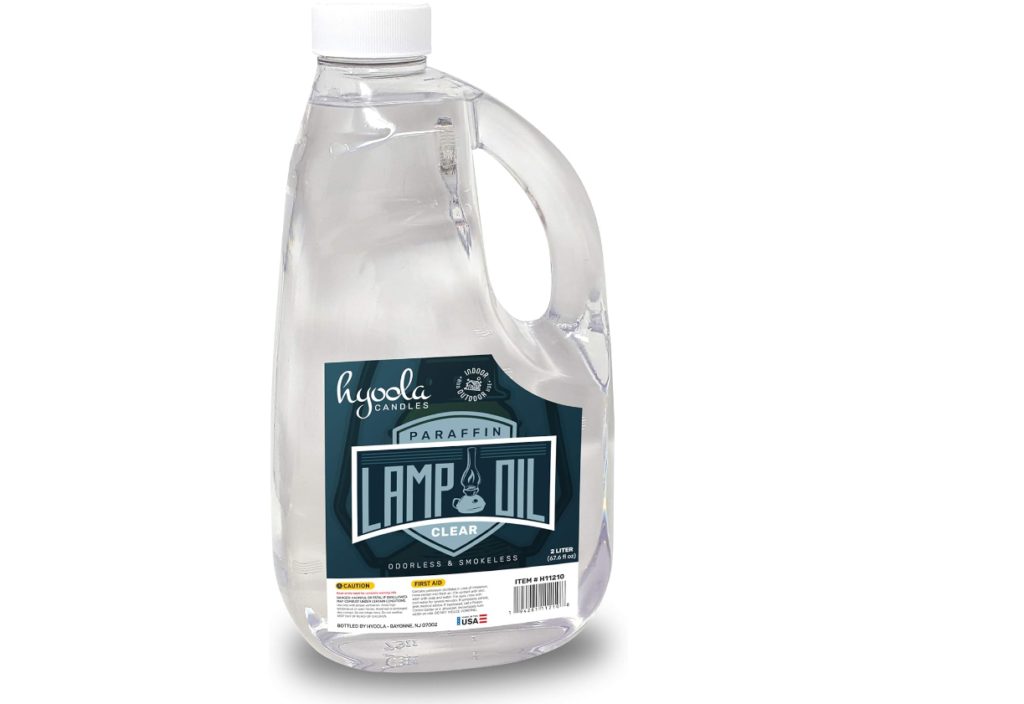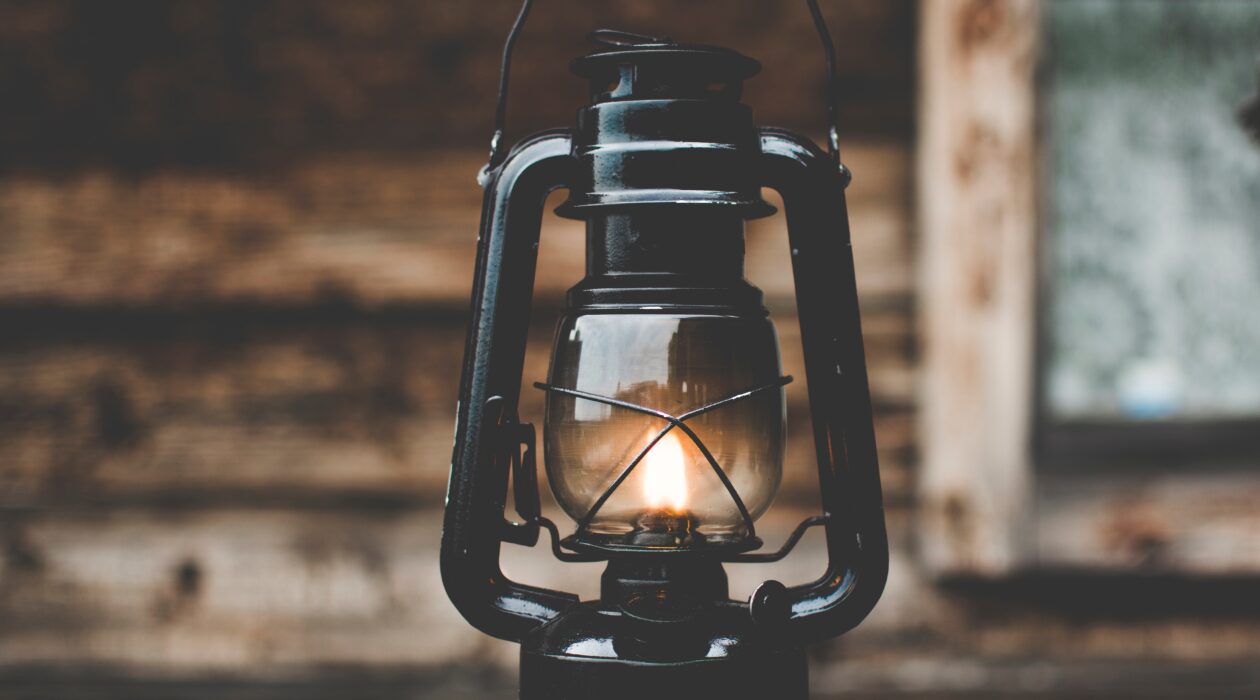Lamp oil have been pivotal in human history, illuminating homes and streets before electricity. Ancient civilizations utilized various oil types in lamps, signifying wealth and technological advancement. The transition from these historical uses to modern, more decorative roles highlights the evolution of lamp oil’s significance in human society. Today, lamp oil is less about necessity and more about ambiance and tradition, marking a significant shift from its historical utility.
Components of Lamp oil
Oil lamps consist of several key components: the reservoir for oil, a wick, and often a protective structure. The lamp oil is crucial, serving as the fuel that sustains the flame. Different oils affect the lamp’s brightness, burn rate, and safety. The design evolution of oil lamps, from simple clay bowls to elaborate metal and glass designs, demonstrates the importance of lamp oil in maintaining effective and efficient lighting throughout history.
Types of Oils Used in Lamps
Historically, a variety of oils have fueled lamps, ranging from plant-based oils like olive, walnut, and almond to animal fats such as whale blubber and ghee. These oils were chosen for their availability and burning properties. The evolution of lamp oils reflects changes in availability, technology, and cultural preferences. Today, synthetic and refined oils are common, offering cleaner burning and more consistent performance compared to traditional oils, showcasing a significant shift in lamp oil technology and preferences.
Oil Lamps in Various Cultures
Oil lamps have been integral in various cultures, serving both practical and symbolic purposes. In many traditions, they are more than mere light sources; they hold religious and cultural significance. For instance, in Hinduism, oil lamps are essential in rituals like Aarti and Diwali, symbolizing the victory of light over darkness. In Jewish culture, they represent wisdom and guidance. The choice of oil, often specific to the region and culture, adds another layer of significance, intertwining the lamp’s physical and symbolic luminance.
Technological Evolution of Oil Lamps
The evolution of oil lamps reflects human innovation and adaptation. Early lamps were simple, utilizing available materials like clay or stone. As technology advanced, so did lamp design, with improvements in efficiency, safety, and aesthetics. The introduction of metals and glass allowed for more durable and intricate lamps. These advancements influenced the types of oils used, transitioning from traditional animal fats and plant oils to more refined, efficient, and cleaner-burning options. This progression underscores the dynamic relationship between technological advancement and everyday objects like lamps.
Oil lamps risks:
The use of oil lamps, while offering a traditional and atmospheric lighting solution, comes with several risks:
- Fire Hazard: The most significant risk associated with oil lamps is the potential for fire. If the lamp is knocked over or the oil is spilled, it can quickly ignite, posing a serious fire risk, especially in homes with flammable materials.
- Toxic Fumes: Burning certain types of oils, especially synthetic or low-quality oils, can release harmful fumes. These fumes can be dangerous if inhaled, especially in poorly ventilated spaces.
- Burn Risk: The exterior of oil lamps, particularly the chimney or the oil reservoir, can become extremely hot during use. This poses a burn hazard, especially to children or pets who may touch the lamp.
- Indoor Air Pollution: Prolonged use of oil lamps, especially in enclosed spaces, can lead to a buildup of soot and other particulates. This can degrade indoor air quality and may pose respiratory health risks.
It’s important to use oil lamps responsibly, ensuring they are placed on stable surfaces, away from flammable objects, and used in well-ventilated areas. Regular maintenance and using high-quality oil can also mitigate some risks.
Type of Lamp oil
The best type of lamp oil generally depends on factors like lamp design, intended use, and personal preferences. However, some common characteristics of high-quality lamp oils include:
- Clean Burning: A superior lamp oil should burn cleanly without producing much soot or unpleasant odors. This ensures a cleaner environment and reduces the need for frequent cleaning of the lamp and surrounding areas.
- Safety: It should have a high flash point, making it safer to use as it’s less likely to ignite spontaneously or explode.
- Efficiency: Good lamp oil should have a consistent burn rate, providing steady and reliable illumination without rapid depletion.
- Low Odor: Ideally, the oil should be low-odor or odorless, especially for indoor use, to avoid a pervasive smell in the home.
- Compatibility: It should be suitable for the specific type of oil lamp you are using, whether it’s a traditional clay lamp or a more modern design.
Always refer to the manufacturer’s recommendations for the best results and to ensure safety.
The best Oil Lamp 2024 :
In this selection of oil lamps, I’ve focused on metallic structures for their durability and resistance to shocks or collisions, as opposed to glass ones, which are abundant on Amazon but not included in this review.
The Dietz Original 76 Oil Lamp

This is a classic and functional lantern with a black body and gold trim. Made of metal, it measures 10 inches in length, 5.9 inches in width, and 10 inches in height. This lantern is brand new and includes a lamp globe, burner, and wick strip. It is highly suitable for camping, burning for 11 hours on 8 ounces of fuel. The lantern is not only practical for use in emergencies or outdoor activities but also serves as a decorative item. Its design is both beautifully decorative and useful, making it a great addition to any setting requiring reliable lighting or an aesthetic touch.
Stansport High Hurricane Oil Lantern :

The product on Amazon, priced at $17.68, is a Stansport High Hurricane Oil Lantern with a 12-inch wick and a set of 5 replacement wicks. This lantern features a sturdy metal construction and a glass globe, designed for use with standard lamp oil. The wire design around the globe offers added protection. It’s compatible with Stansport’s item #127 and fits most brand-name kerosene lanterns. The wicks, made of 100% cotton, are sold in a pack of five. This lantern, standing 12 inches tall, is ideal for outdoor activities like camping or as an emergency light source. Its classic design and functionality make it a practical choice for those needing reliable, portable lighting.
HYOOLA Liquid Paraffin Lamp Oil

The product on Amazon, “HYOOLA Liquid Paraffin Lamp Oil,” is a high-quality, clear, smokeless, and odorless lamp oil designed for both indoor and outdoor use. It comes in a 2-liter bottle, offering a clean burning experience without any harmful soot or other contaminants often found in kerosene. This versatile oil is perfect for use in dining table lamps, centerpieces, antique-style torch lamps, lanterns, and candelabras. It’s also ideal for outdoor decorations at parties and events, lighting up tiki torches and other lanterns to illuminate pathways and enhance wedding celebrations. Additionally, it serves as an emergency light source during power outages.
The nozzle is designed for easy filling of cans and pots, ensuring no spills and perfect condition upon arrival. This product is a practical choice for those seeking a reliable, clean, and efficient lighting solution.
Lamp Oil FAQ
What kind of oil do you use in an oil lamp?
Common oils for oil lamps include plant-based oils like olive oil, and commercially prepared lamp oils which are refined and purified for cleaner burning.
Which oil is best for lamp?
The best oil for lamps is a high-quality, clean-burning lamp oil, typically a refined paraffin oil, as it produces less soot and odor.
What is a good alternative to lamp oil?
A good alternative to lamp oil is kerosene, although it may produce a stronger odor. Vegetable oils like olive oil can also be used, though they may not burn as efficiently.
Is lamp oil and kerosene the same thing?
Lamp oil and kerosene are not the same; lamp oil is typically a more refined form of kerosene, designed to burn cleaner and with less odor.
Are oil lamps safe to use indoors?
Oil lamps can be safe for indoor use if handled carefully. They should be used in well-ventilated areas to avoid buildup of soot and odors, and placed away from flammable materials.
What was the oil lamp used for?
Historically, oil lamps were primarily used for illumination before the advent of electricity. They also held significant roles in cultural and religious rituals.
How do biblical oil lamps work?
Biblical oil lamps were simple vessels filled with oil, typically olive oil. They had a wick that, when lit, drew the oil up to burn and produce light. These lamps were often made of clay.
In the End :
Oil lamps, with their historical significance and simple technology, can be highly efficient in emergency situations. Their independence from modern power sources makes them reliable during power outages or in remote locations without electricity. By providing a steady source of light with minimal resources, oil lamps serve as an indispensable tool for illumination. Furthermore, the use of modern, safer, and cleaner-burning lamp oils enhances their efficiency and reduces risks associated with traditional fuels. Their enduring design, combined with the right choice of lamp oil, ensures that oil lamps remain a practical and effective solution in times of need.














